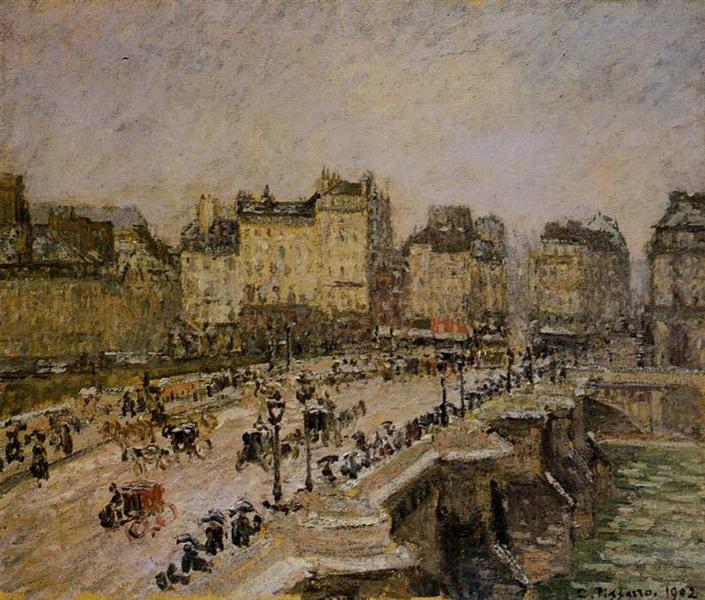Description
Zerelli's "portrait" (1927) by Max Beckmann is a work that encapsulates the complexity of the emotional and existential world that characterizes the art of master German. Through its distinctive style, Beckmann fuses elements of expressionism and figurative painting to explore identity and human condition. In this portrait, an individual is presented who, although he is not a widely recognized character, becomes a vehicle for the deepest examination of human psychology.
The composition of the portrait is remarkably intense and powerful. The subject, Zerelli, occupies the central space of the canvas, almost absorbed by the magnitude of his representation. Beckmann uses a dark color palette, where tones of brown, black and gray predominate, which contrast with more vibrant touches, such as the warm yellow found in the background. This color choice, characteristic of Beckmann's style, provides an atmosphere full of drama and tension. The colors are applied with a rich texture, allowing the work not only to be visually appreciated, but also invite the viewer to feel the emotionality of the captured moment.
The gesture and expression of Zerelli's face are central to painting. His fixed and enigmatic look seems to address the viewer, creating an intense and almost uncomfortable connection. The way in which Beckmann has captured the essence of the subject, with exaggerated features and an almost tormented expression, reflects his interest in the psychology of the human figure and, by extension, his criticism of the contemporary society of the time. This distortion technique is no stranger to the tradition of expressionism, which Beckmann adopts and adapts to his own visual vocabulary.
The background of the work also deserves mention. Often, in Beckmann's work, the background acts as a more than physical psychological space. In the "portrait of Zeretelli", the use of off colors and abstract shapes suggests an environment that is almost dreamlike, contributing to the atmosphere of uncertainty and doubt that surrounds the character portrayed. This approach reinforces the idea that the portrait is not only an external representation, but also an internal exploration, an emotional input that invites introspection.
The figure of Zerelli, although it may seem unique, resonates with the wide repertoire of personalities that have been represented by Beckmann throughout his career. In this sense, the portrait can be read not only as a representation of an individual, but as an allegory of loneliness and the yearning of human connection in times of change and tumult, aspects that permeated Beckmann's work due to his historical context. After the tragedy of World War I and the political turbulence of the 1920s, this portrait can be seen as an echo of the search for identity in a torn world.
Although the "Zerelli portrait" may not be one of the most discussed or recognizable works at first sight in the Beckmann Corpus, it is a fascinating example of its ability to go beyond conventional portrait. In short, this work not only invites us to look at Zeretelli, but, through his gaze and his representation, he invites us to investigate our own being and the existential anguish common to human experience. Thus, Max Beckmann offers not only a portrait, but a reflection of the contemporary psyche, undressing the emotions that lie at the bottom of existence.
KUADROS ©, a famous paint on your wall.
Hand-made oil painting reproductions, with the quality of professional artists and the distinctive seal of KUADROS ©.
Art reproduction service with satisfaction guarantee. If you are not completely satisfied with the replica of your painting, we refund your money 100%.











